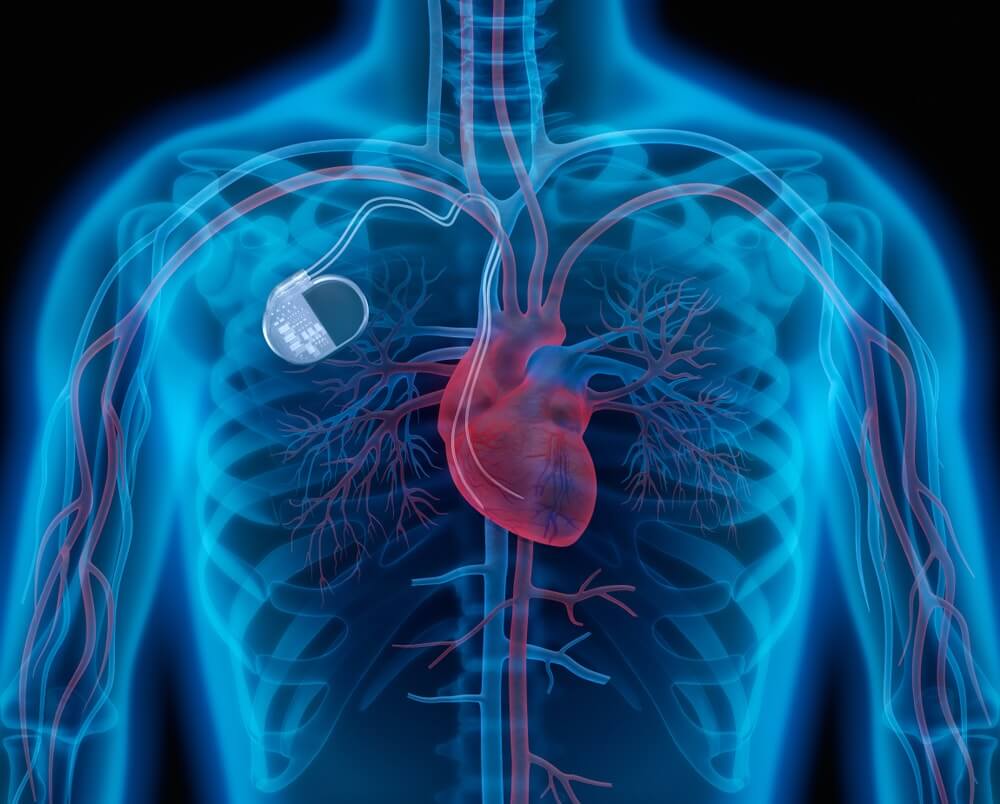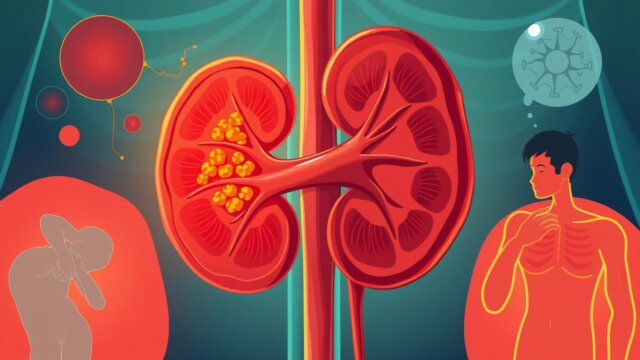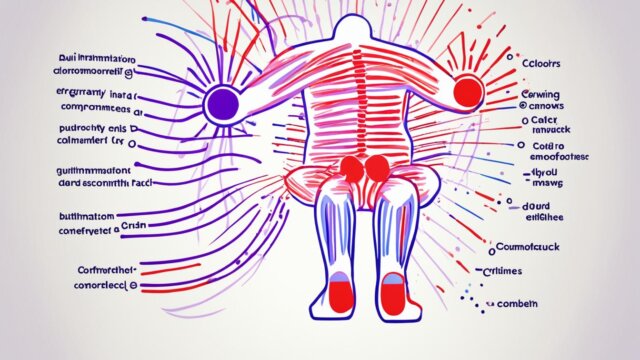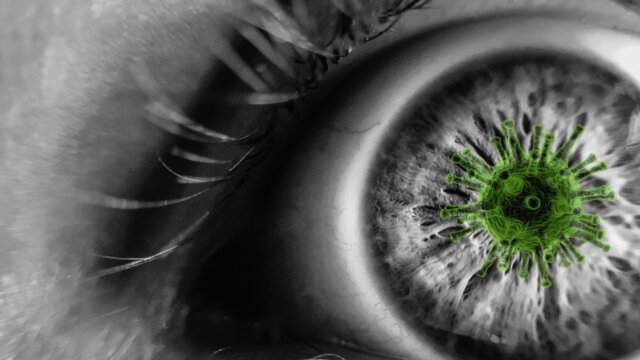FTC disclaimer: This post may contains affiliate links and we will be compensated if you click on a link and make a purchase.
Sinoatrial node dysfunction (SND) is a disorder that can cause heart rhythm problems. It is most commonly caused by a problem with the electrical system that controls the heart’s beating.
SND can cause regular heart rhythm problems, such as atrial fibrillation (AF), which can lead to stroke. There are treatments for SND, and it is important to get help if you experience symptoms.
According to the research paper, Sinoatrial node dysfunction (SND) is a heart condition in which the sinoatrial node, the natural pacemaker of the heart, malfunctions.
The sinoatrial node is responsible for the regular beating of the heart. The heart may beat too fast, slow, or irregularly when it malfunctions.
What is Sinoatrial Node?
The sinoatrial node is the impulse-making (pacemaker) tissue within the heart’s right atrium, and it is considered the generator of normal sinus rhythm.
Other common terms for the sinoatrial node are ‘SA node,’ ‘SAN,’ ‘sinuatrial node,’ and ‘sinus node.’
It is a group of cells located on the right atrium’s wall, near the superior vena cava on the upper end of the Sulcus Terminalis.
Formed by a cluster of cells capable of spontaneous depolarization, they can reverse the resting potential in excitable cell membranes when stimulated faster than any other latent cardiac pacemaker cell inside the heart.
A healthy sinoatrial node is the one that directs the rate at which the heart beats.
What will happens if the SA node does not work?
The SA node (sinoatrial node) is a collection of tissue located in the heart’s right atrium. Like all of the heart’s cells, this tissue is capable of producing electrical impulses.
The unique function of the SA node, however, is that it acts as the pacemaker for the heart.
For a normal heart, the SA node initiates an electrical impulse causing the heart to beat. This is why a normal heart rhythm is known as a Sinus rhythm.
If the sinoatrial node does not work, the heart is resilient and will use the atrioventricular (AV) node as the primary pacemaker.
If the AV node also fails, the Purkinje cells will function as the heart’s pacemaker.
When the SA node is not functioning correctly, though the heart rate may be controlled by either the AV node or the Purkinje cells, the heart rate will typically be abnormal.
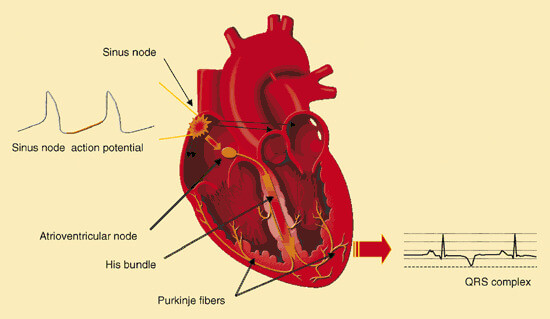
What is Sinoatrial Node Dysfunction (SND)?
Sinoatrial node dysfunction (SND) or sick sinus syndrome (SSS) is a hypernym for a group of abnormal heart rhythms (also called ‘cardiac dysrhythmia’ or ‘arrhythmia’) seemingly caused by a malfunction within the sinus node.
It is an uncommon syndrome that results in many abnormal heart rhythms, including sinus bradycardia, sinus arrest, and sinus node exit block.
It can also be associated with fast heart rates like atrial fibrillation and PSVT (paroxysmal supraventricular tachycardia). This syndrome is more common among the elderly.
What causes Sinoatrial Node Dysfunction (SND)?
Several arrhythmias can be attributed to a problem with the SA node. Commonly you may see sinus bradycardia or sinus tachycardia.
Moreover, several heart block issues may be attributed to issues with the sinus node. These heart block issues include; SA node Wenckebach, SA node Mobitz II, and SA node exit block.
Issues associated with the SA node can usually be diagnosed with an electrocardiogram, which looks at the heart’s electrical function.
However, the SA node is controlled and influenced by the parasympathetic nervous system and the sympathetic nervous system.
This control/influence can adjust the heart rate and force of contractions. So while the heartbeat occurs without conscious effort, it can also be influenced by your surroundings.
For example, your heart rate will increase with exercise, slow down while sleeping, or increase in preparation for a fight or flight situation.
The SA node supplies blood from the SA node artery but can still be affected during myocardial infarction, which can cause death to the SA node cells.
This may cause a deficiency in the SA node’s ability to act as a pacemaker and lead to sick sinus syndrome.
Symptoms of the Sinoatrial Node Dysfunction (SND)
The sinoatrial node (SAN) is the heart’s natural pacemaker. It controls the heart rate by generating electrical impulses that initiate each heartbeat.
The SAN can dysfunction in several ways, which can lead to a variety of symptoms.
One common symptom of SAN dysfunction is an abnormal heart rhythm called arrhythmia. This can cause the heart to beat too fast, slow, or unevenly.
Other symptoms include:
- Palpitations
- Nausea
- Fainting
- Headache
- Fatigue
- Shortness of breath
- Angina (chest pain)
- Dizziness.
You must see a doctor immediately if you experience any of these symptoms. SAN dysfunction can be serious and may require treatment.
Treatment of the Sinoatrial Node Dysfunction
When the SA node can no longer effectively act as the pacemaker for the heart, an artificial pacemaker may be used to control the heart’s electrical system.
Artificial cardiac pacemakers have been used in treating SND.
These are medical devices that use electrical impulses delivered by electrodes that contract the heart muscles so that they will be able to regulate the heart’s beating process.
As the heart’s natural pacemaker has slowed down, the primary purpose of an artificial pacemaker is to keep an adequate heart rate.
Modern versions of artificial pacemakers are programmable externally, allowing the cardiologist to choose the appropriate pacing modes for the patients.
The Bottom Line
Sinoatrial Node Dysfunction is a serious condition that can cause several symptoms.
If you are experiencing any of these symptoms, please see a doctor immediately. Treatment options vary depending on the severity of the condition but often include medication or surgery.
